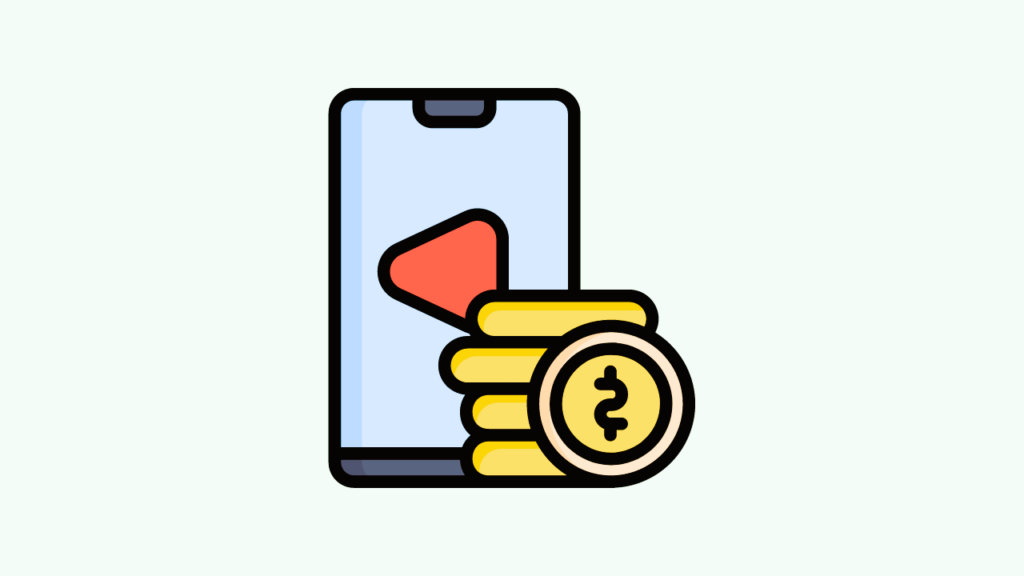The world of gaming has witnessed a remarkable transformation over the years, evolving from a niche hobby to a global entertainment industry. As games become more sophisticated and immersive, developers face the challenge of balancing the need for revenue generation with providing a positive and enjoyable user experience. In this article, we will explore various game monetization strategies, examining how developers navigate the delicate balance between financial sustainability and user satisfaction.
- In-App Purchases (IAPs):In-app purchases have become a prevalent monetization strategy in the gaming industry. This model allows players to download and play the game for free while offering optional purchases within the app. These purchases can range from cosmetic items and character upgrades to in-game currency. The “freemium” approach, as it’s often called, allows developers to attract a wide audience while monetizing a portion of their player base. However, a key challenge lies in ensuring that in-app purchases enhance the gaming experience rather than create a pay-to-win environment.
- Ads and Ad-Based Monetization:Integrating advertisements into games is another common strategy for generating revenue. This can take the form of banner ads, interstitial ads between levels, or rewarded video ads that offer in-game rewards in exchange for watching the ad. While ads provide a source of income without directly charging players, developers must be cautious not to overwhelm users with excessive or intrusive advertising, as it can negatively impact the overall gaming experience.
- Subscription Models:Subscription-based models have gained popularity, especially in the mobile gaming sector. Games offer subscription plans that provide players with exclusive content, in-game benefits, and an ad-free experience for a recurring fee. This strategy aims to create a more stable revenue stream and foster player loyalty. However, developers need to continually deliver valuable content to justify the subscription cost and retain subscribers.
- DLCs (Downloadable Content) and Expansions:Offering additional content through downloadable expansions or DLCs is a traditional monetization method. Players can purchase new levels, characters, storylines, or other enhancements to extend the lifespan of the game. When executed well, DLCs contribute to player engagement and satisfaction. However, developers must strike a balance to avoid fragmenting the player base or giving the impression that essential content is being withheld from the initial game release.
- Loot Boxes and Randomized Content:Loot boxes, or crates containing randomized in-game items, have generated significant controversy in the gaming industry. While some players enjoy the element of surprise, others argue that loot boxes resemble a form of gambling. Striking the right balance and ensuring that loot boxes do not create unfair advantages is crucial to maintaining a positive user experience and avoiding regulatory scrutiny.
- Crowdfunding and Early Access:Crowdfunding platforms and early access programs allow developers to raise funds directly from players before the official game release. This model provides financial support while involving the gaming community in the development process. However, developers must be transparent about the game’s status and manage expectations to avoid dissatisfaction among backers. Read about creating narratives in game design in our article.
Balancing Revenue and User Experience:

The success of a game often hinges on finding the optimal balance between monetization and user experience. Developers must prioritize creating an enjoyable and fair gaming environment to build a loyal player base. The following principles can guide developers in achieving this delicate balance:
- Transparency and Communication:Developers should communicate clearly about their monetization strategies, whether through in-app notifications, patch notes, or community forums. Transparent communication fosters trust and helps players understand how their financial support contributes to ongoing game development.
- Fairness and Accessibility:Monetization strategies should not create a significant disparity between paying and non-paying players. Games should remain accessible to all players, and in-app purchases should enhance the experience without giving paying players an overwhelming advantage.
- Continuous Content Updates:Regularly providing new and engaging content helps justify in-app purchases, subscriptions, and DLCs. This approach keeps players invested in the game over the long term and increases the likelihood of ongoing revenue.
- Player Feedback and Iteration:Developers should actively seek and respond to player feedback regarding monetization. Regularly iterating on the monetization model based on player input demonstrates a commitment to a positive user experience.
- Adopting a Multi-Strategy Approach:Diversifying monetization strategies can help mitigate risks and appeal to a broader audience. For example, a game might combine in-app purchases with ads or offer a free version alongside a premium, ad-free version.
Conclusion:
Game monetization is a dynamic and evolving aspect of the gaming industry. Striking the right balance between generating revenue and providing a positive user experience is a constant challenge for developers. By adopting transparent communication, ensuring fairness, and continuously iterating based on player feedback, developers can create sustainable monetization models that support ongoing game development while preserving the joy and satisfaction of the gaming experience.
For more information on game industry standards and practices, you can refer to the International Game Developers Association (IGDA) website: IGDA Standards.




